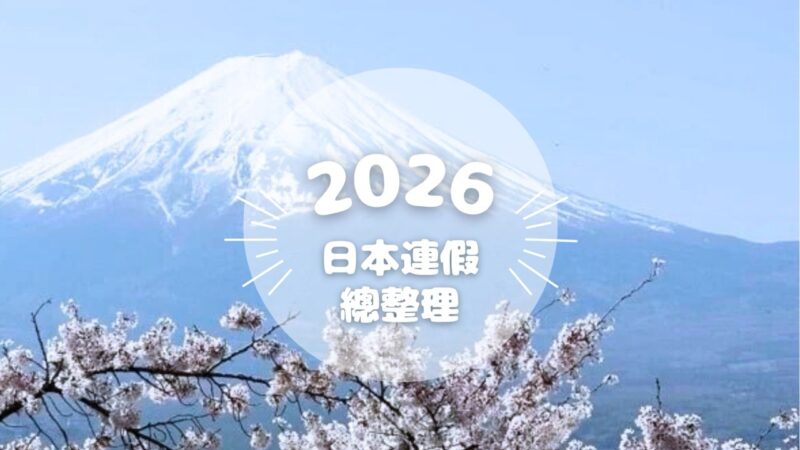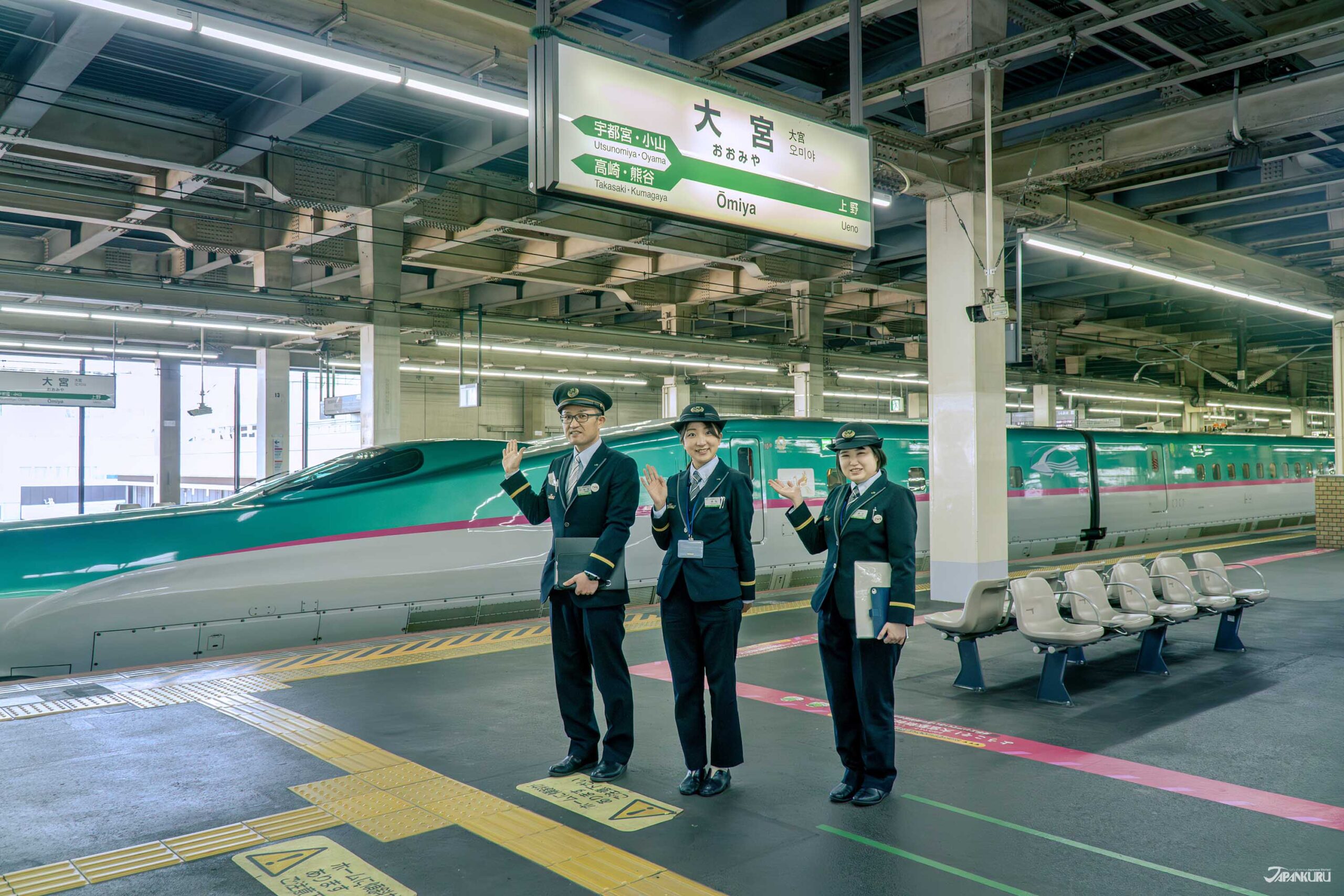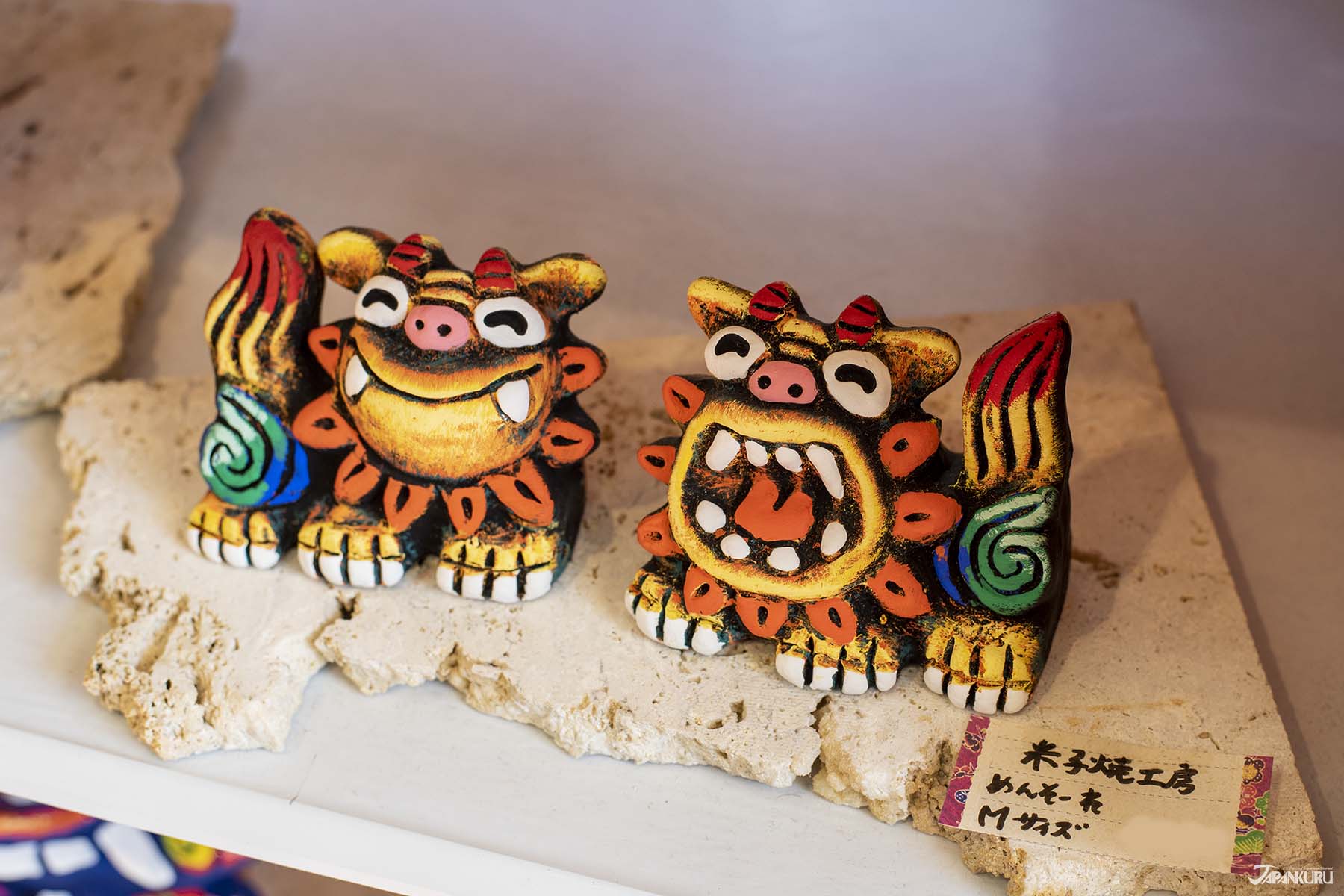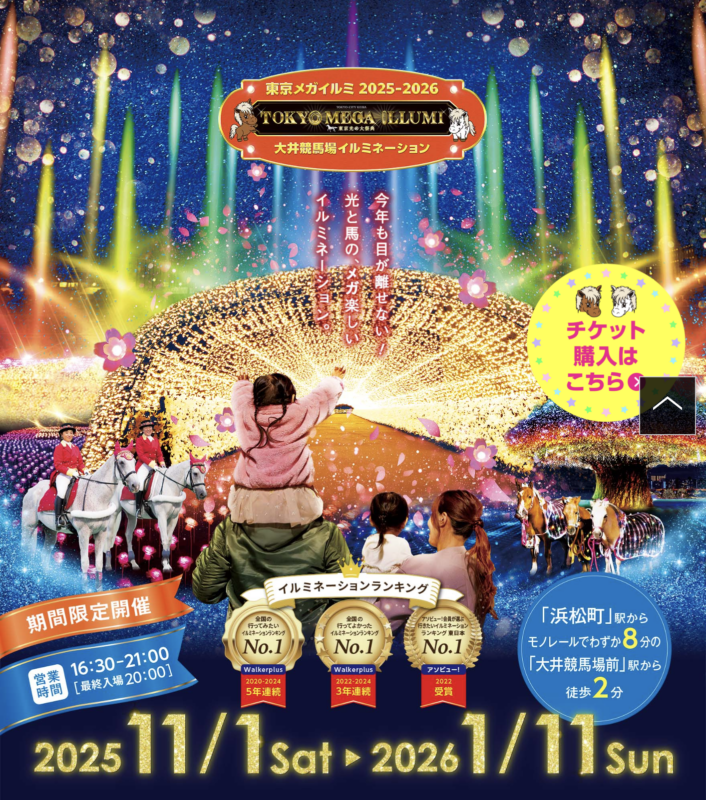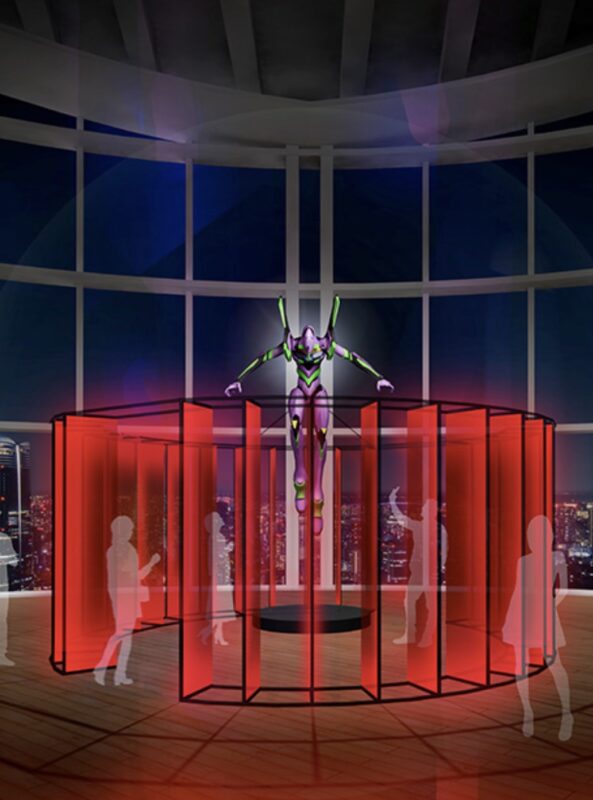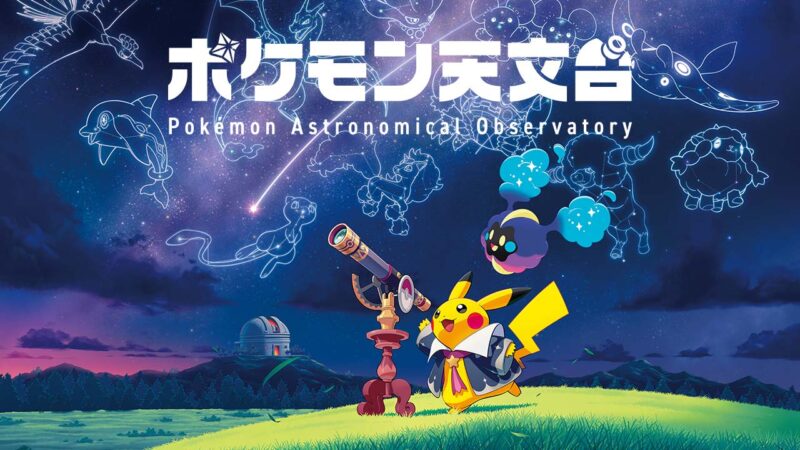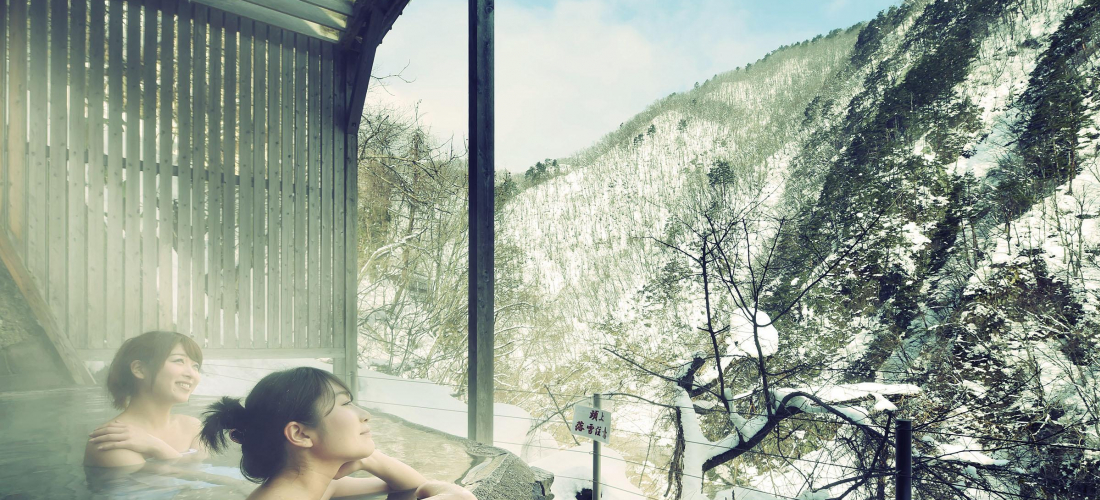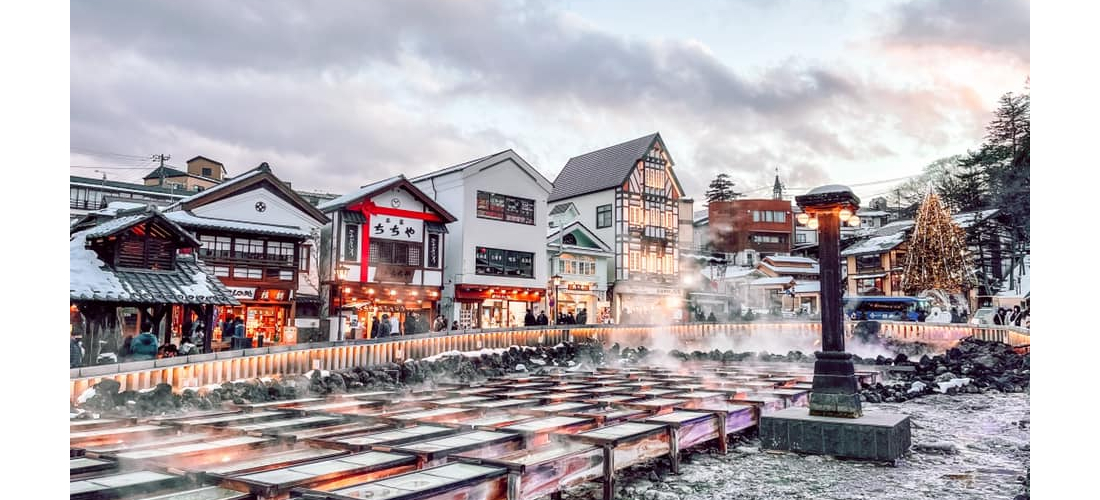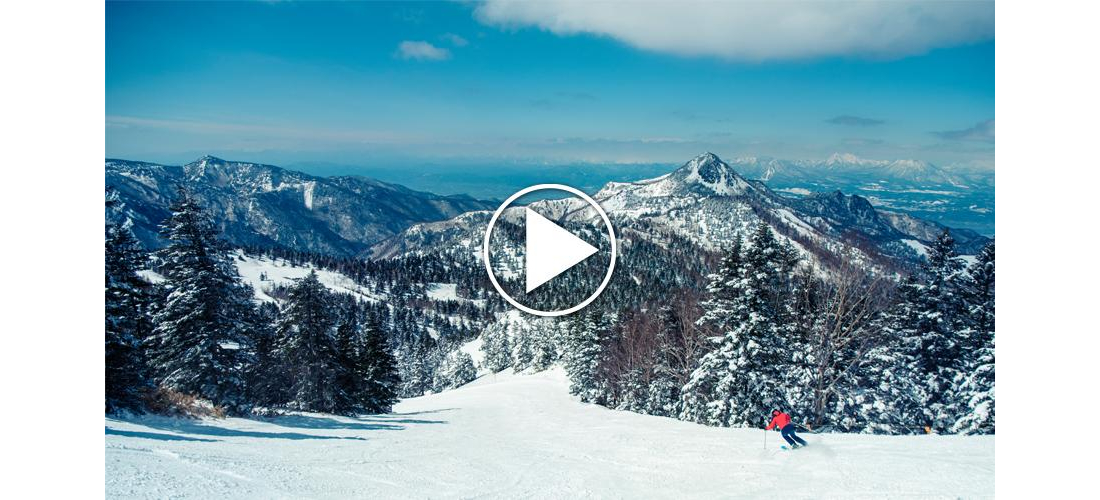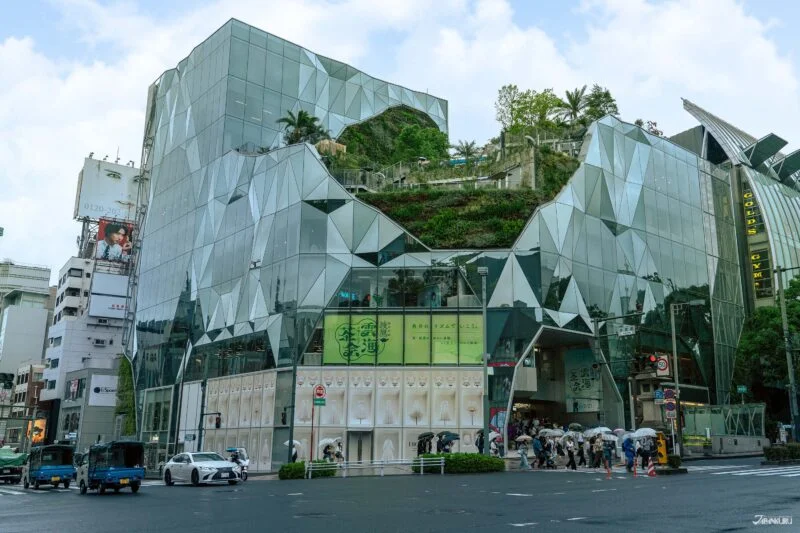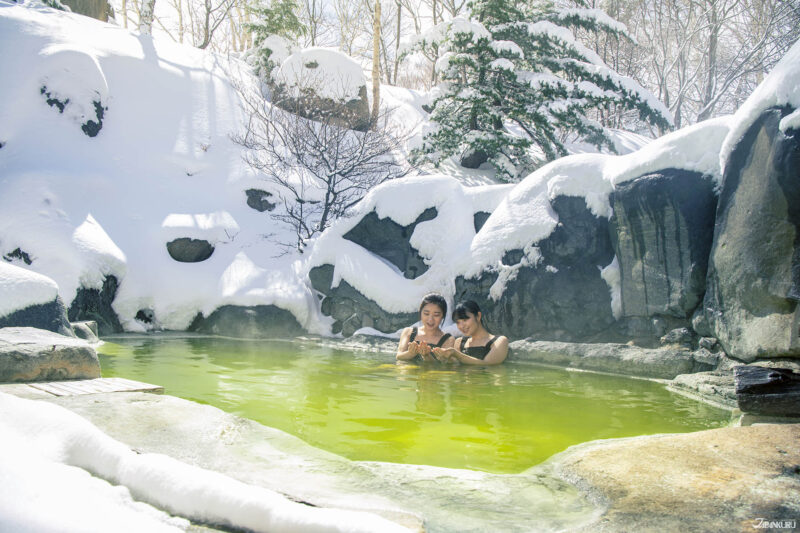
CONTENTS
日本人愛泡澡出了名,而日本的溫泉和錢湯文化也深植不少海外人士心中,自然也成了來到日本旅遊觀光時少不了的體驗之一——尤其是冬天的時候!四季分明的日本,冬天不少地方都能見到雪,有自然雪景搭配溫暖的露天溫泉,那可說是種格外浪漫而療癒的享受。
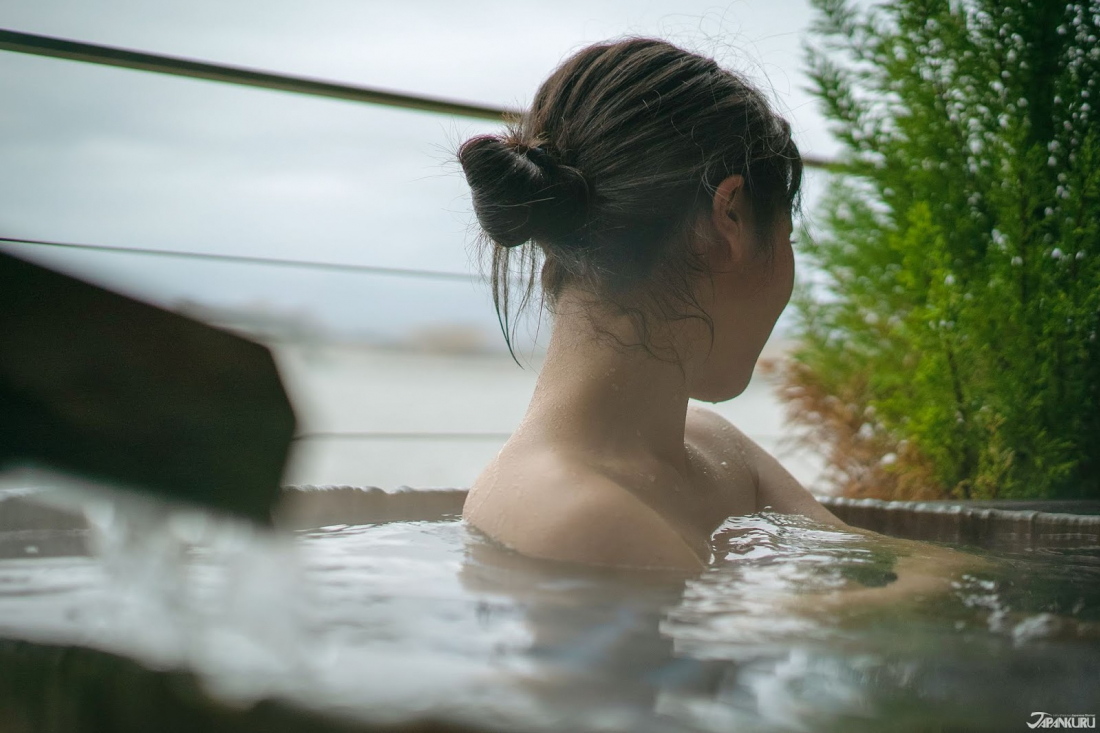
福島:蘆之牧溫泉
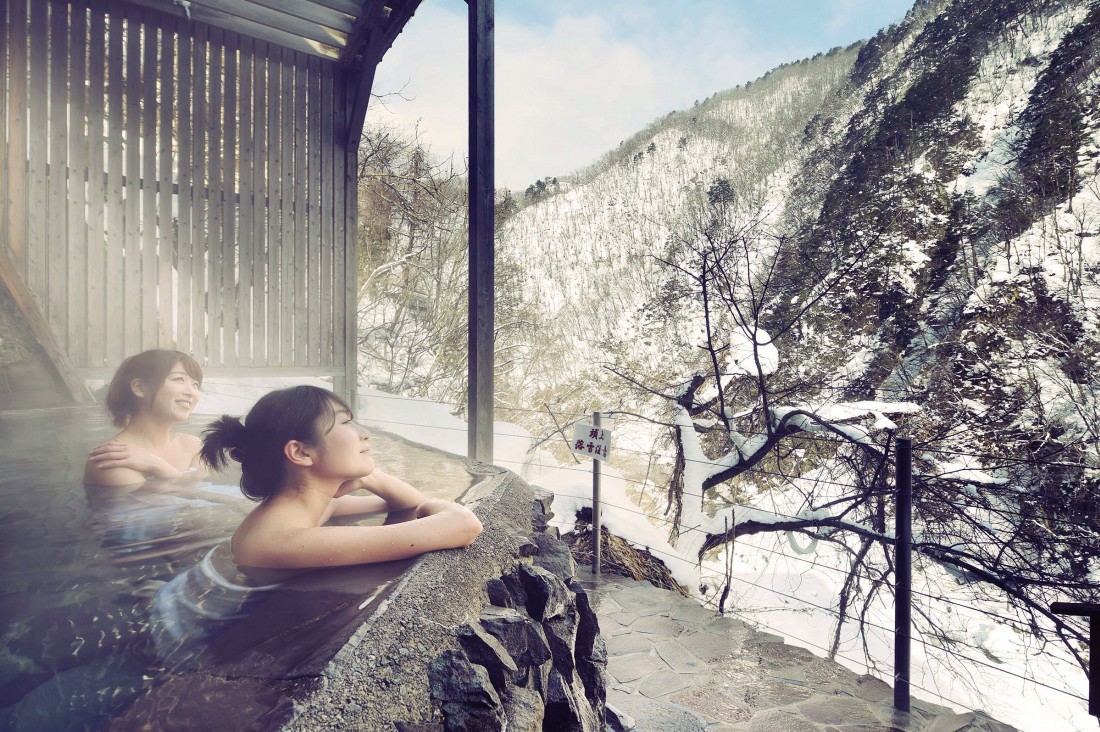
從會津若松達成會津鐵道前往大內宿的途中,會經過的蘆之牧溫泉,近年因為《鬼滅之刃》的關係又紅了一番。當然蘆之牧溫泉本身是歷史悠久的千年老泉,以邊泡溫泉邊賞山川美景聞名,特別是秋冬季景美如畫,亦有著「夢幻溫泉鄉」,而旅館大川莊的露天溫泉,自然不在話下。在露天湯船中,坐賞為雪覆蓋的山河,療癒地格外詩意。
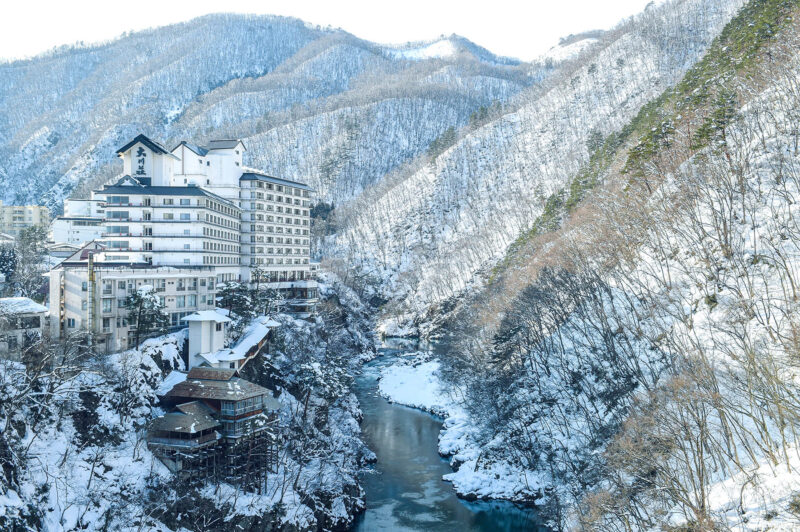
位於溫泉旅館的中央,設置的是一座方型的「漂浮舞台」(浮き舞台),與原本亦呈現方型的室內空間相對,形成絕妙的幾何視覺效果。舞台之所以命名為「漂浮」,是因為它立於一樣位於旅館中央的方型溫泉池水之上,而館內整體古色古香的木造裝潢,搭配小橋、階梯亭台等對稱對角的幾何設計,以及和風木蟲籠格窗門綴飾其中,真與《鬼滅之刃》中無限城中心的場景神似。且中間那漂浮舞台,平時亦是日本傳統樂師的表演舞台,而作品場景中則是抱著琵琶的鳴女居於其中,彷彿一動弦,這現實與作品中的場景便能交錯。
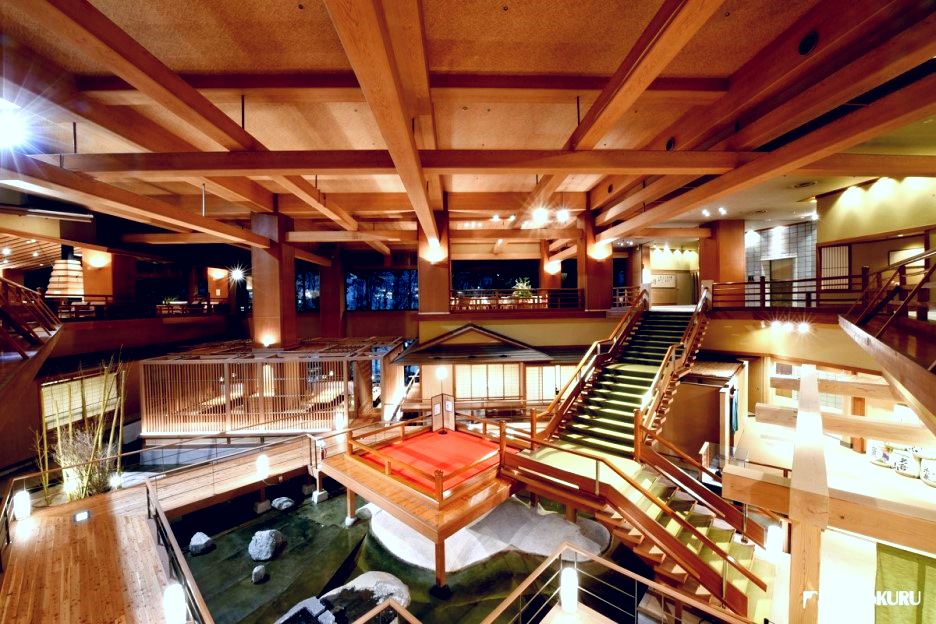
除此之外,據說在會津鐵道的蘆之牧溫泉站,還有一隻可愛的站長貓喔。
蘆之牧溫泉 大川莊(芦ノ牧温泉 大川荘)
地址:福島県会津若松市 大戸町大字芦ノ牧字下平984
電話:0242-92-2111
Check In/Check Out:15:00~18:00 / 10:00
大眾交通:JR會津若松站,轉免費接駁巴士約30分鐘車程
官方網站 | 住宿預約
福島:東山溫泉
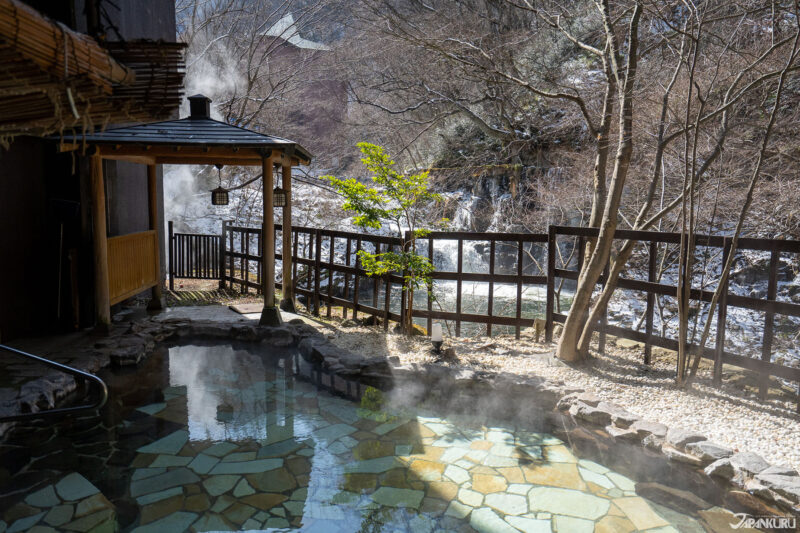
同樣是在福島縣會津地區的東山溫泉,是在會津若松市內。這兒是不僅是會津歷史悠久且人氣的溫泉療養地,更是日本現在少見保留了完整藝伎文化的地區,並與山形的「湯野濱溫泉」及「上山溫泉」並稱為「奧羽三樂鄉」(溫泉鄉)。據說莫約在1300年前開湯的東山溫泉,湯泉以清爽型的硫酸鹽泉質為主。
江戶時代作為會津藩重要的療養地,有著官方的溫泉番付認證。東山溫泉古來有名的特色,就是在溫泉旅館的宴席上,能見到華麗的藝伎演出。最繁華的時候,溫泉鄉內共有150名藝伎,像是日本著名的插畫家竹久夢二、文人与謝野晶子都曾留宿。
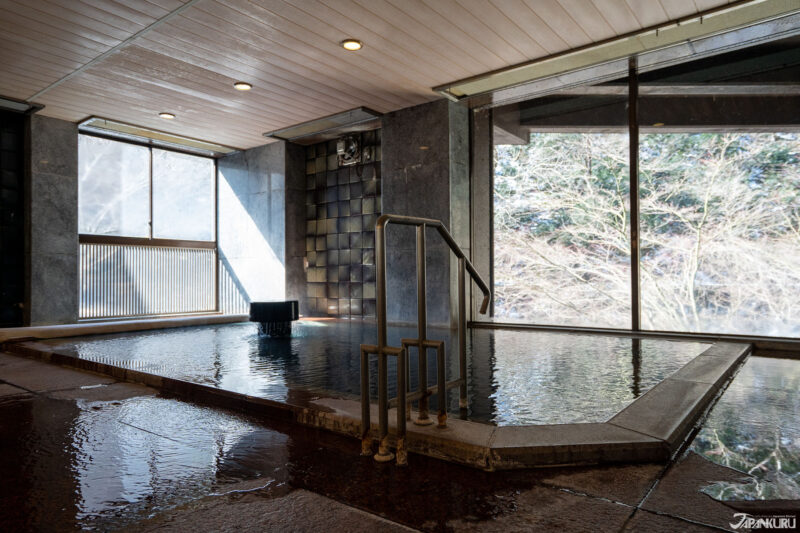
東山溫泉的溫泉旅館不少。這邊跟大家分享的是,在溫泉泉質及特級感旅宿體驗上多有著墨的溫泉旅宿「會津東山 原瀧」。這家溫泉旅館也是東山溫泉內歷史悠久的老舖,有自家專屬的泉源,而且露天溫泉就在溪流瀑布邊,可享山林溪谷之雪景。如果喜歡私密精緻的溫泉包廂,會津東山 原瀧裡面也有得預約。
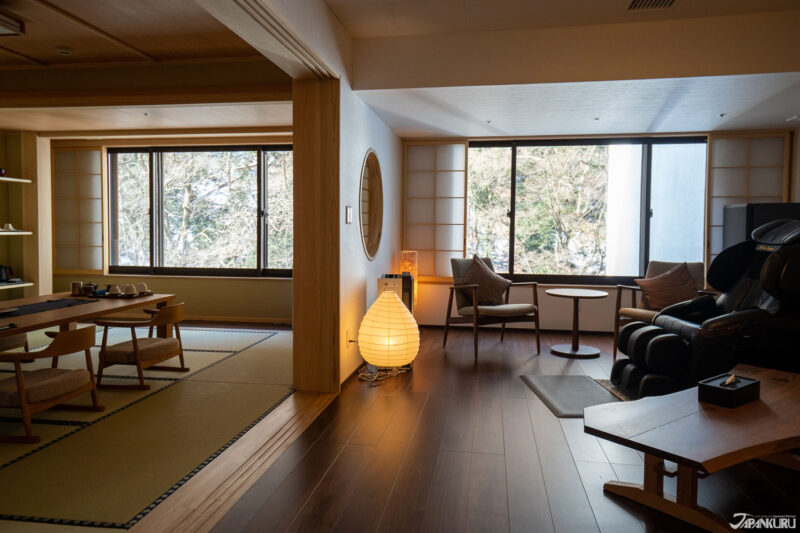
雖說是老舖,館內設施近年來也有逐漸翻新,如果比較喜歡現代和風感空間及設施的朋友,可以參考看看。
會津東山 原瀧(会津東山源泉 原瀧)
地址:福島県会津若松市東山湯本下原 235
電話:0242-26-4126
大眾交通:JR會津若松站,轉乘周遊巴士「ハイカラさん(HAIKARASAN)」或「あかべぇ(AKABEE)」,在武家屋敷或東山溫泉站下車,轉搭飯店接駁巴士約5分鐘內即可到達。
官方網站 | 預約住宿
【延伸閱讀】福島會津若松景點住宿美食推薦 JR Pass帶你遇見武士道溫泉與藝伎
【延伸閱讀】福島自由行從JR福島站開始 JR Pass遊東北本線遇見日本裏風景
青森:古牧溫泉
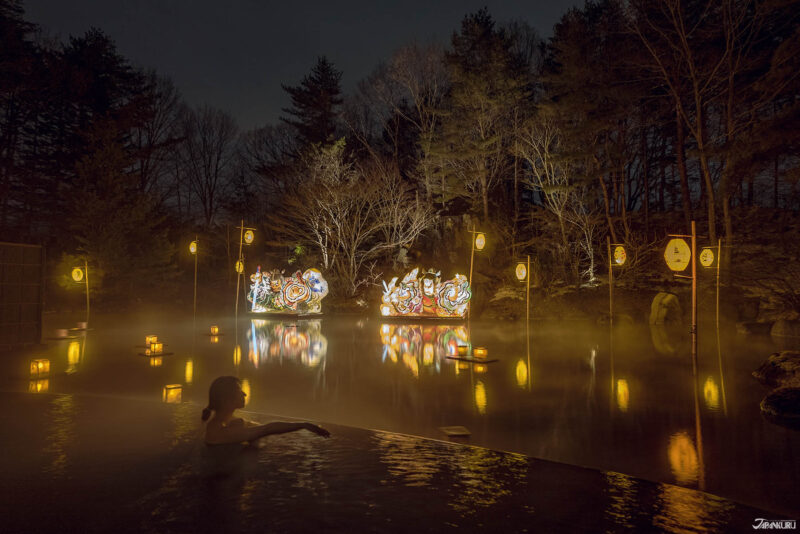
青森縣內也有許多有名的溫泉鄉,包括十和田湖畔溫泉、淺蟲溫泉、不老不死溫泉等。我們之前到青森時,到訪了有名的星野集團 青森屋,感受青森睡魔燈籠的魅力,也見識了青森屋的名物溫泉「浮湯」。而浮湯的泉源來自靠近青森鐵道「三澤」站的古牧溫泉,泉質屬於鹼性泉,也被稱作「美肌之湯」。
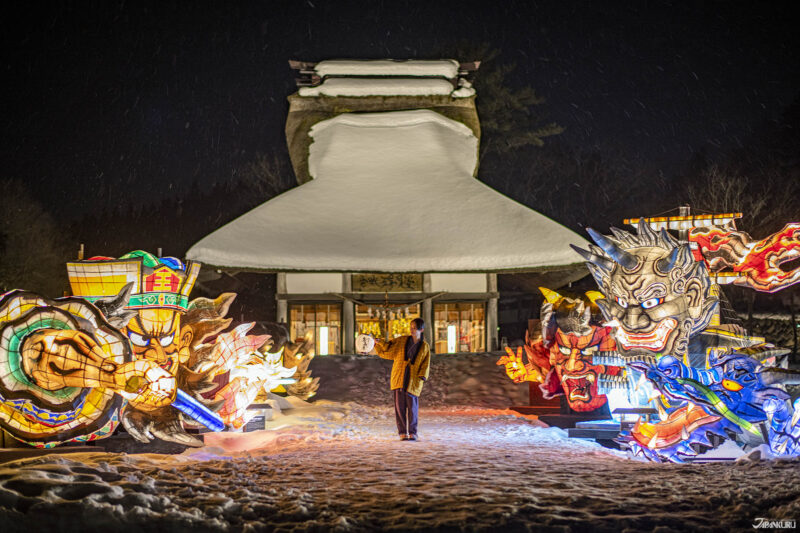
青森屋境內冬季還會有期間限定的「睡魔燈籠雪點燈(ねぶた雪灯り)」的活動,在雪白的雪地上,矗立色彩鮮豔的睡魔燈籠,形成格外鮮明的對比,營造的全然不同於夏日的另一種青森風味,筆者個人特別喜歡。今年的活動是在2024年12月4日〜2025年3月30日,有興趣的朋友可以留意看看。
星野集團 青森屋(星野リゾート青森屋)
地址:青森県三沢市字古間木山56
電話:+81-50-3786-1144(訂房)
Check in:15:00~
Check out:~12:00
大眾交通:青森鐵道「三澤」站徒步15分鐘,自三澤機場出發約20分鐘車程。無論是三澤站還是機場,都可事先(最晚需提前三天)預約免費接駁車。
官方網站
【延伸閱讀】青森冬旅:星野青森屋遇見青森睡魔 特色旅宿與八戶在地人情味
青森:奧入瀨溪流溫泉
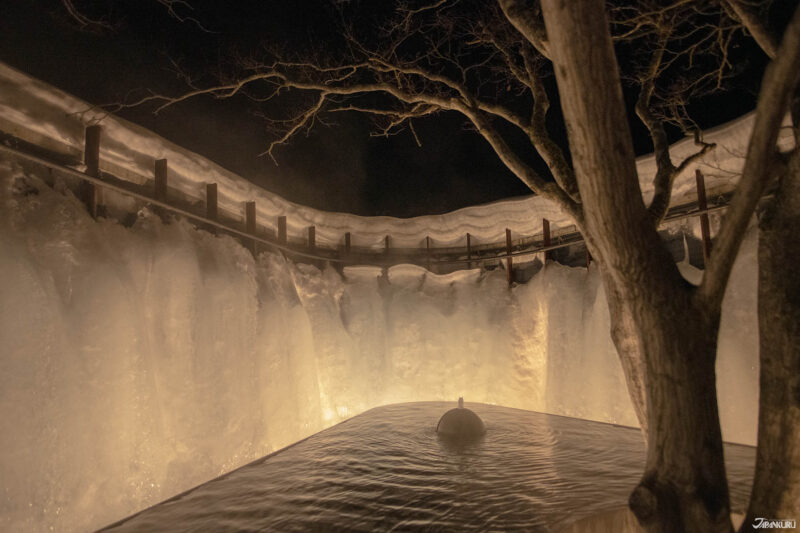
說起青森名勝,自然少不了奧入瀨溪流,而這四季景緻各有風味的奧入瀨溪流一帶,也是能享受溫泉的好去處。冬天的奧入瀨溪流有種格外清冷的詩意,而在星野集團的奧入瀨溪流飯店裡面,不僅提供一些在冬天玩奧入瀨溪的提案,同時也有非常有特色的「露天冰瀑浴池」可體驗——這又是不同於一般雪景溫泉的特別體驗。
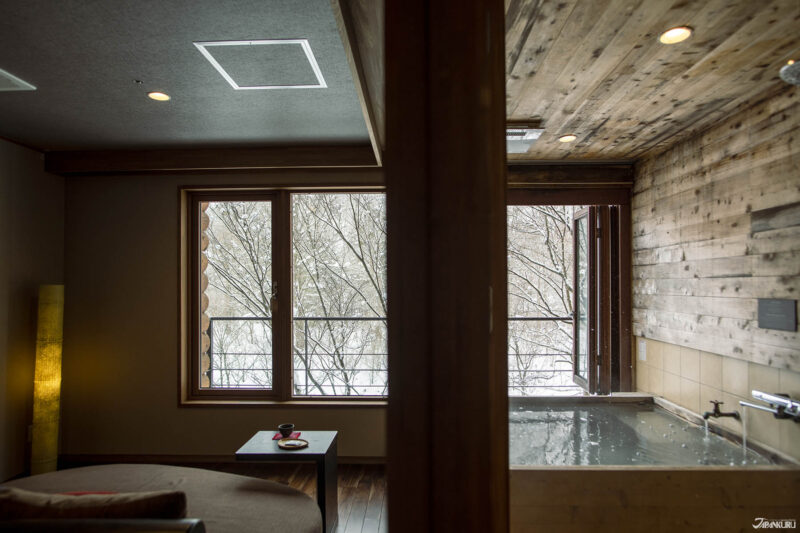
當然,飯店裡面也有一般的室內溫泉及附設溫泉的房型可選擇。雖然說冬天的奧入瀨溪流,沒有初夏的新綠和盛夏青翠,也沒有秋黃,但只剩下黑與白的景色格外寂靜,蠻值得體驗看看。
星野集團 奧入瀨溪流飯店(星野リゾート奥入瀬渓流ホテル)
地址:青森県十和田市大字奥瀬字栃久保231
電話:
+81-50-3786-1144(預約中心 英文服務)
Check in:15:00~
Check out:~12:00
大眾交通:JR八戶站、JR青森站與青森屋,可轉乘免費飯店接駁車,需事先(最晚需提前兩天)預約。
官方網站
【延伸閱讀】 青森冬旅:奧入瀨溪流度假多種提案 飯店泡湯賞冰瀑雪景
長野:志賀高原熊之湯溫泉
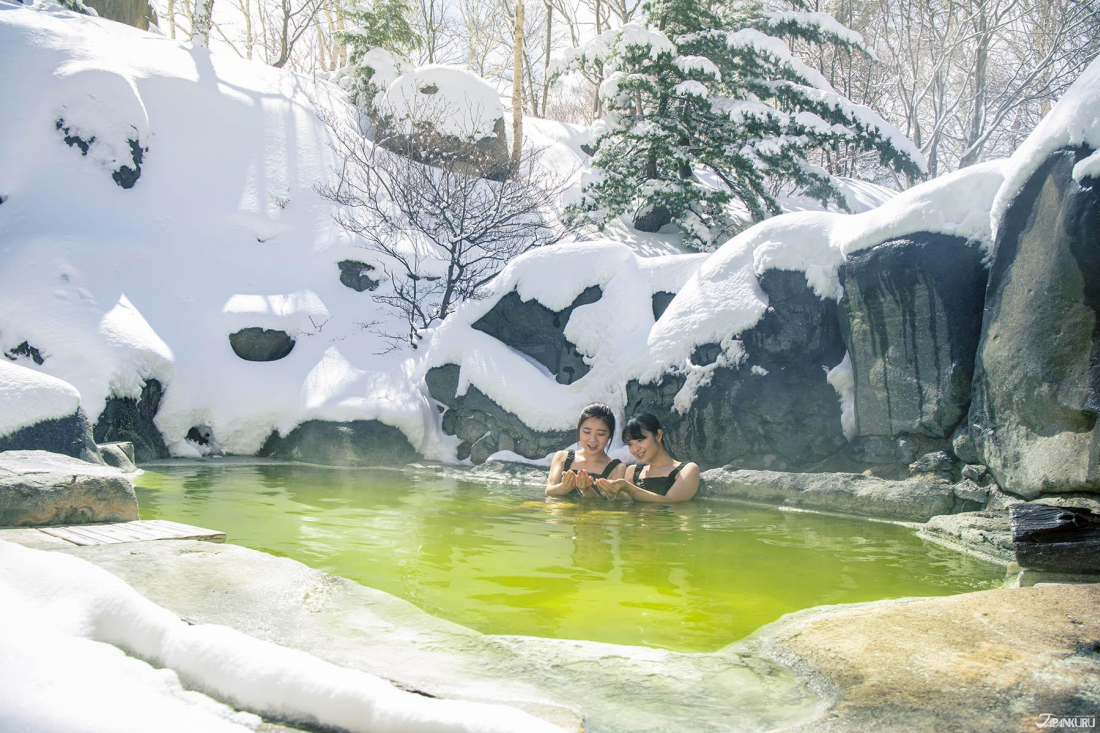
滑雪加溫泉是天堂絕配。在日本最高之滑雪聖地志賀高原上,有個擁有170年歷史的熊之湯溫泉。擁有「翡翠色之湯」之稱,熊之湯呈現出日本溫泉少見的碧綠色,也是非常有名的美肌溫泉。當地傳說野熊會到溫泉中泡湯療傷,因而得名。
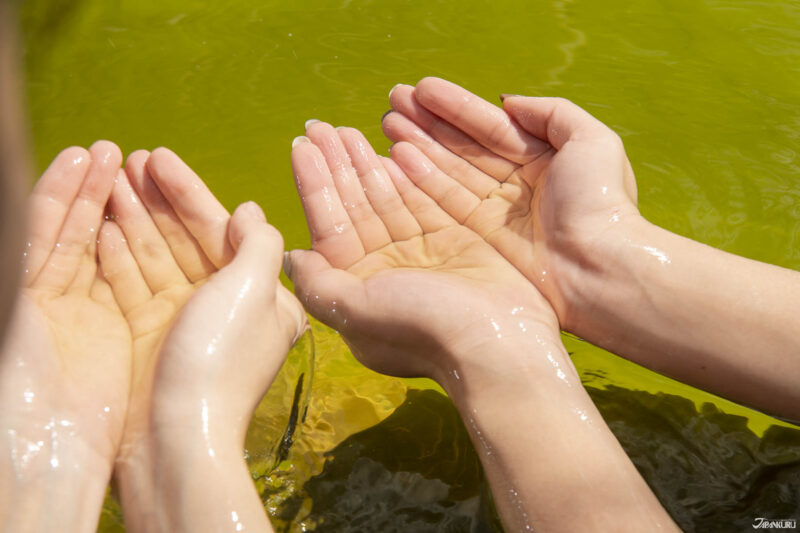
有趣的是,據說這溫泉水也真是能直接飲用的(官方建議喝半杯)。對於不習慣與大家「坦誠相見」泡溫泉的客人,飯店也有提供泡澡專用的浴袍,可以穿著泡溫泉,不用怕害羞。且即便不在熊之湯的飯店住宿,也可以只泡溫泉。
熊之湯飯店(熊の湯ホテル)
地址:長野県下高井郡山ノ内町大字平穏7148
官方網站(日文)
長野:地獄谷溫泉
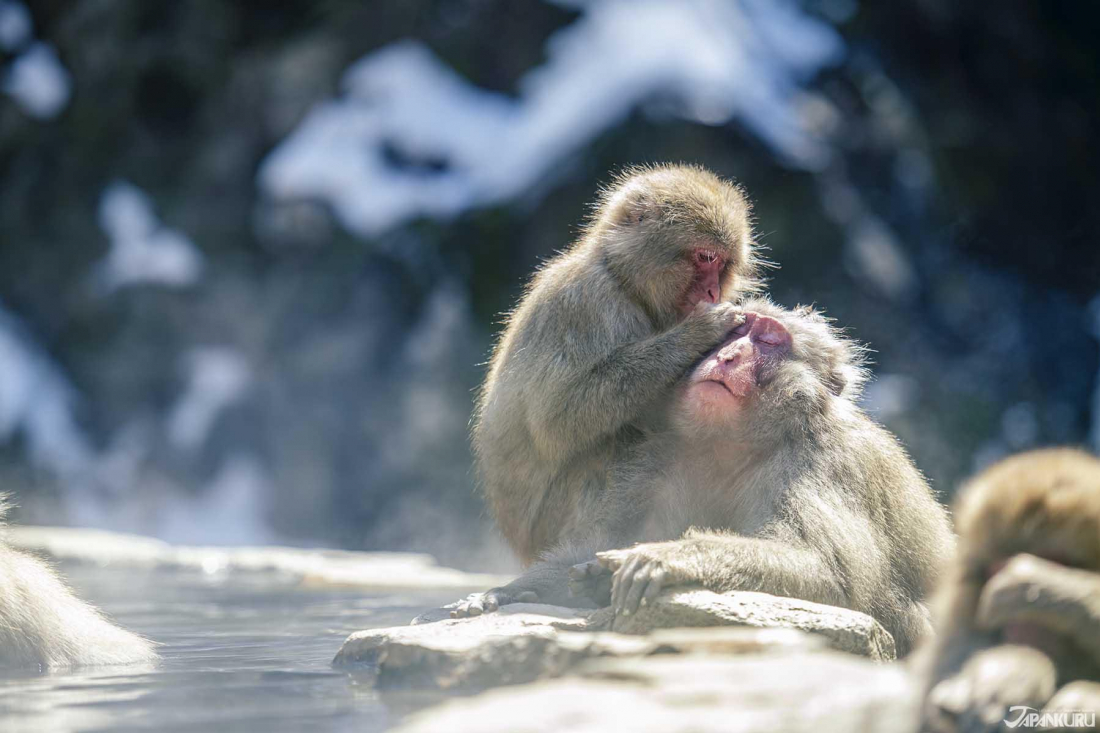
在前往志賀高原的行程中,除了可以安排之前和大家介紹過的翡翠綠熊之湯溫泉,還有非常有名的地獄谷溫泉也是人氣選項。單說「地獄谷溫泉」也許大家沒什麼印象,不過說「猴子泡溫泉」,想必大家多少都會有些印象。距離志賀高原不遠的地獄谷雪猿公園,可以見到聞名全世界的雪猿入浴景。
地獄谷野猿公苑
地址:長野県下高井郡山ノ内町大字平穏6845
官方網站
與此同時,園內其實也有人類可享受的溫泉旅館「地獄谷溫泉後樂館」。據說在泡露天溫泉時,還有可能有猴子亂入呢。
地獄谷溫泉後樂館(地獄谷温泉 後楽館)
地址:長野県下高井郡山ノ内町大字平隠6818
官方網站
【延伸閱讀】志賀高原:中上級滑雪中毒者必訪!日本最高最大的滑雪樂園
栃木:栃木那須溫泉鄉
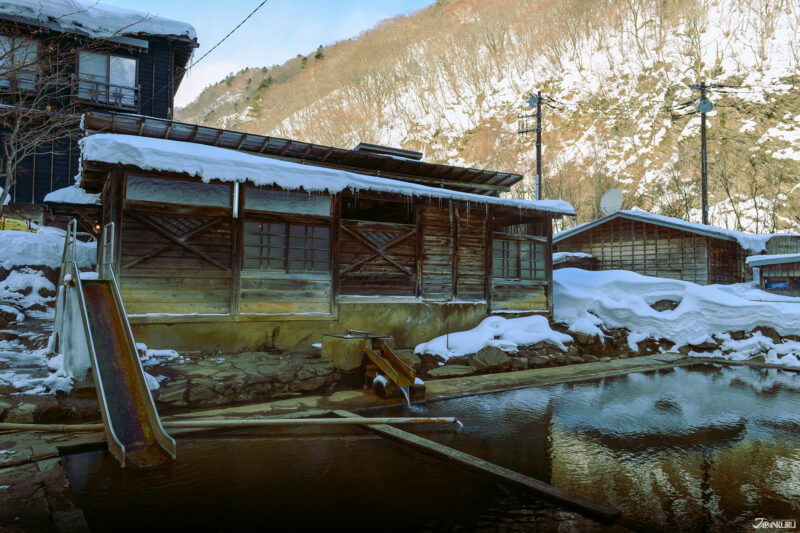
關東一帶的栃木縣,也是個溫泉資源豐富之所,其中以日光和那須兩處為多。由於從東京搭乘新幹線,只要一個小時就能到達,因而也可說是東京都民們喜愛的溫泉地。在那須有個因阿部寬主演的電影《羅馬浴場》而人氣飛漲的觀光溫泉——北溫泉旅館。
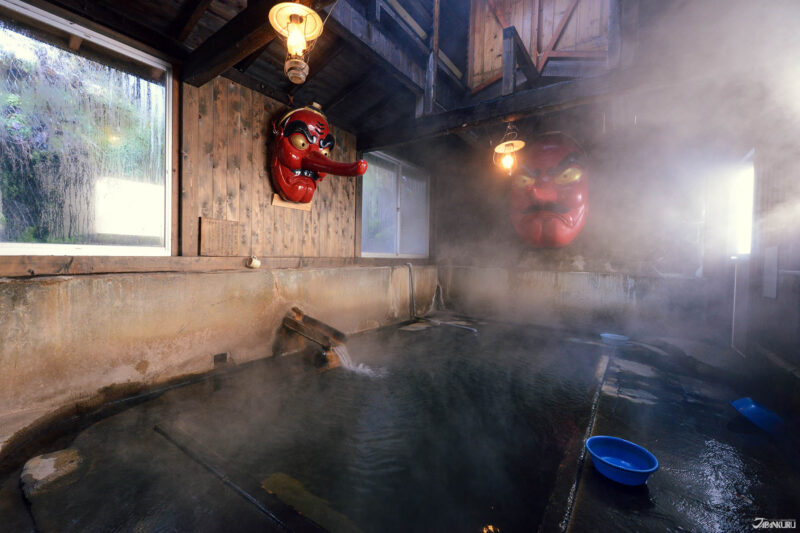
作為歷史悠久的老溫泉旅館,北溫泉旅館無論房間還是浴池區都頗有復古氛圍,相比一般溫泉街和溫泉鄉的旅館,更有秘湯之感。且浴池區牆上能見到巨大的天狗面具,令人印象深刻。位於那須高原上,冬天下起雪來亦是非常不錯的雪景溫泉地,非常值得喜愛泡湯的朋友們踩點。
北溫泉旅館
地址:栃木県那須郡那須町湯本151
Check in / Check out:14:00~ / ~10:00
大眾交通:JR黑磯站,轉搭公車到「北溫泉入口」站下車。
官方網站
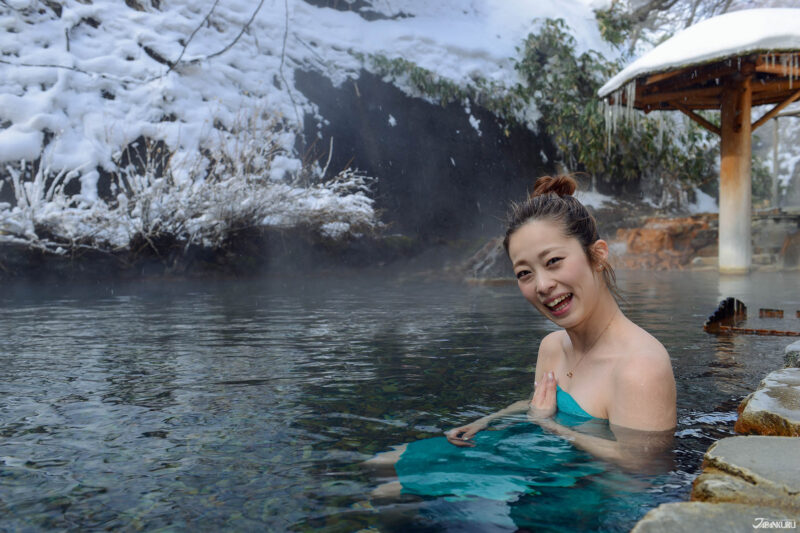
其實在那須高原上,還有另一座男女混浴的「大丸溫泉」,和前面跟大家介紹過的北溫泉一樣,幾乎都有約650年左右的歷史。而大丸溫泉旅館本身,則是擁有逾200年歷史的老旅館。與其說大丸溫泉男女混浴出名,該說是它的「川之湯」更是特色。位於海拔高達1300公尺的那須高原,溫泉水源自那須名峰茶臼岳流淌而下的溪泉,並用石頭阻擋堆砌成一個又一個溫泉泉池,謂之「川之湯」。所以大家也稱它為「野趣滿點的溫泉」,因為可以享受多個自然露天溫泉。
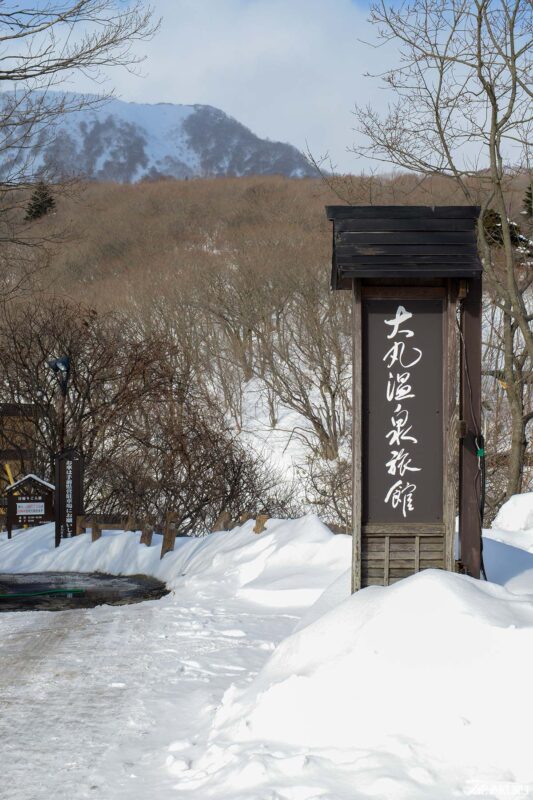
冬天的那須少不了雪,雖然不像夏天那樣可以不畏寒地享受大丸溫泉的野趣之樂,但作為雪景溫泉,自然又是另一種美的享受。
大丸溫泉旅館
地址:栃木県那須郡那須町湯本269
Check in / Check out:14:00~ / ~10:00
大眾交通:JR那須鹽原站,轉搭公車可抵達,車程約60~70分鐘。
官方網站
雪景溫泉 冬日玩日本的絕佳體驗
來到溫泉資源及系統設備完備的日本,泡湯真的是一大享受。尤其是在冬天來賞雪玩雪時,能同時享受雪景和露天溫泉可是再幸福不過了。除了這次跟大家介紹的這幾個地方,像草津溫泉也是非常適合冬天溫泉旅的地方唷!有興趣的朋友可以參考JAPANKURU特派員們前往體驗的文章。下個冬天,規劃一趟日本溫泉之旅吧。
更多日本旅遊的相關資訊,可以到JAPANKURU日本酷樂網站看看,或是Follow我們的FB粉絲團、IG和Threads,雖然小編們更新很佛系。(笑)
由來自不同國家且現居日本的外國人組成的圖文影音製作團隊。透過走訪日本各地,以不同文化圈的角度詮釋「日本魅力」。社群平台上關注我們~ 繁體中文版 FB @japankurutw,IG @japankuru_tc 國際版 FB、IG、Twitter @Japankuru
COMMENT
FEATURED MEDIA
全部文章 
A New Tokyo Animal Destination: Relax & Learn About the World’s Animals in Japan
#pr #japankuru #anitouch #anitouchtokyodome #capybara #capybaracafe #animalcafe #tokyotrip #japantrip #카피바라 #애니터치 #아이와가볼만한곳 #도쿄여행 #가족여행 #東京旅遊 #東京親子景點 #日本動物互動體驗 #水豚泡澡 #東京巨蛋城 #เที่ยวญี่ปุ่น2025 #ที่เที่ยวครอบครัว #สวนสัตว์ในร่ม #TokyoDomeCity #anitouchtokyodome

Shohei Ohtani Collab Developed Products & Other Japanese Drugstore Recommendations From Kowa
#pr #japankuru
#kowa #syncronkowa #japanshopping #preworkout #postworkout #tokyoshopping #japantrip #일본쇼핑 #일본이온음료 #오타니 #오타니쇼헤이 #코와 #興和 #日本必買 #日本旅遊 #運動補充能量 #運動飲品 #ช้อปปิ้งญี่ปุ่น #เครื่องดื่มออกกำลังกาย #นักกีฬา #ผลิตภัณฑ์ญี่ปุ่น #อาหารเสริมญี่ปุ่น

도쿄 근교 당일치기 여행 추천! 작은 에도라 불리는 ‘가와고에’
세이부 ‘가와고에 패스(디지털)’ 하나면 편리하게 이동 + 가성비까지 완벽하게! 필름카메라 감성 가득한 레트로 거리 길거리 먹방부터 귀여움 끝판왕 핫플&포토 스폿까지 총집합!
Looking for day trips from Tokyo? Try Kawagoe, AKA Little Edo!
Use the SEIBU KAWAGOE PASS (Digital) for easy, affordable transportation!
Check out the historic streets of Kawagoe for some great street food and plenty of picturesque retro photo ops.
#pr #japankuru #도쿄근교여행 #가와고에 #가와고에패스 #세이부패스 #기모노체험 #가와고에여행 #도쿄여행코스 #도쿄근교당일치기 #세이부가와고에패스
#tokyotrip #kawagoe #tokyodaytrip #seibukawagoepass #kimono #japantrip

Hirakata Park, Osaka: Enjoy the Classic Japanese Theme Park Experience!
#pr #japankuru #hirakatapark #amusementpark #japantrip #osakatrip #familytrip #rollercoaster #retrôvibes #枚方公園 #大阪旅遊 #關西私房景點 #日本親子旅行 #日本遊樂園 #木造雲霄飛車 #히라카타파크 #สวนสนุกฮิราคาตะพาร์ค

🍵Love Matcha? Upgrade Your Matcha Experience With Tsujiri!
・160년 전통 일본 말차 브랜드 츠지리에서 말차 덕후들이 픽한 인기템만 골라봤어요
・抹茶控的天堂!甜點、餅乾、飲品一次滿足,連伴手禮都幫你列好清單了
・ส่องมัทฉะสุดฮิต พร้อมพาเที่ยวร้านดังในอุจิ เกียวโต
#pr #japankuru #matcha #matchalover #uji #kyoto #japantrip #ujimatcha #matchalatte #matchasweets #tsujiri #말차 #말차덕후 #츠지리 #교토여행 #말차라떼 #辻利抹茶 #抹茶控 #日本抹茶 #宇治 #宇治抹茶 #日本伴手禮 #抹茶拿鐵 #抹茶甜點 #มัทฉะ #ของฝากญี่ปุ่น #ชาเขียวญี่ปุ่น #ซึจิริ #เกียวโต

・What Is Nenaito? And How Does This Sleep Care Supplement Work?
・你的睡眠保健品——認識「睡眠茶氨酸錠」
・수면 케어 서플리먼트 ‘네나이토’란?
・ผลิตภัณฑ์เสริมอาหารดูแลการนอน “Nenaito(ネナイト)” คืออะไร?
#pr #japankuru #sleepcare #japanshopping #nenaito #sleepsupplement #asahi #睡眠茶氨酸錠 #睡眠保健 #朝日 #l茶胺酸 #日本藥妝 #日本必買 #일본쇼핑 #수면 #건강하자 #네나이토 #일본영양제 #อาหารเสริมญี่ปุ่น #ช้อปปิ้งญี่ปุ่น #ร้านขายยาญี่ปุ่น #ดูแลตัวเองก่อนนอน #อาซาฮิ

Japanese Drugstore Must-Buys! Essential Items from Hisamitsu® Pharmaceutical
#PR #japankuru #hisamitsu #salonpas #feitas #hisamitsupharmaceutical #japanshopping #tokyoshopping #traveltips #japanhaul #japantrip #japantravel

Whether you grew up with Dragon Ball or you just fell in love with Dragon Ball DAIMA, you'll like the newest JINS collab. Shop this limited-edition Dragon Ball accessory collection to find some of the best Dragon Ball merchandise in Japan!
>> Find out more at Japankuru.com! (link in bio)
#japankuru #dragonball #dragonballdaima #animecollab #japanshopping #jins #japaneseglasses #japantravel #animemerch #pr

This month, Japankuru teamed up with @official_korekoko to invite three influencers (originally from Thailand, China, and Taiwan) on a trip to Yokohama. Check out the article (in Chinese) on Japankuru.com for all of their travel tips and photography hints - and look forward to more cool collaborations coming soon!
【橫濱夜散策 x 教你怎麼拍出網美照 📸✨】
每次來日本玩,是不是都會先找旅日網紅的推薦清單?
這次,我們邀請擁有日本豐富旅遊經驗的🇹🇭泰國、🇨🇳中國、🇹🇼台灣網紅,帶你走進夜晚的橫濱!從玩樂路線到拍照技巧,教你怎麼拍出最美的夜景照。那些熟悉的景點,換個視角說不定會有新發現~快跟他們一起出發吧!
#japankuru #橫濱紅磚倉庫 #汽車道 #中華街 #yokohama #japankuru #橫濱紅磚倉庫 #汽車道 #中華街 #yokohama #yokohamaredbrickwarehouse #yokohamachinatown

If you’re a fan of Vivienne Westwood's Japanese designs, and you’re looking forward to shopping in Harajuku this summer, we’ve got important news for you. Vivienne Westwood RED LABEL Laforet Harajuku is now closed for renovations - but the grand reopening is scheduled for July!
>> Find out more at Japankuru.com! (link in bio)
#japankuru #viviennewestwood #harajuku #omotesando #viviennewestwoodredlabel #viviennewestwoodjapan #비비안웨스트우드 #오모테산도 #하라주쿠 #日本購物 #薇薇安魏斯伍德 #日本時尚 #原宿 #表參道 #japantrip #japanshopping #pr

Ready to see TeamLab in Kyoto!? At TeamLab Biovortex Kyoto, the collective is taking their acclaimed immersive art and bringing it to Japan's ancient capital. We can't wait to see it for ourselves this autumn!
>> Find out more at Japankuru.com! (link in bio)
#japankuru #teamlab #teamlabbiovortex #kyoto #kyototrip #japantravel #artnews
Photos courtesy of teamLab, Exhibition view of teamLab Biovortex Kyoto, 2025, Kyoto ® teamLab, courtesy Pace Gallery

Japanese Makeup Shopping • A Trip to Kamakura & Enoshima With Canmake’s Cool-Toned Summer Makeup
#pr #canmake #enoshima #enoden #에노시마 #캔메이크 #japanesemakeup #japanesecosmetics

⚔️The Robot Restaurant is gone, but the Samurai Restaurant is here to take its place. Check it out, and don't forget your coupon!
🍣신주쿠의 명소 로봇 레스토랑이 사무라이 레스토랑으로 부활! 절찬 쿠폰 발급중
💃18歲以上才能入場的歌舞秀,和你想的不一樣!拿好優惠券去看看~
#tokyo #shinjuku #samurairestaurant #robotrestaurant #tokyotrip #도쿄여행 #신주쿠 #사무라이레스토랑 #이색체험 #할인이벤트 #歌舞伎町 #東京景點 #武士餐廳 #日本表演 #日本文化體驗 #japankuru #japantrip #japantravel #japanlovers #japan_of_insta

Japanese appliance & electronics shopping with our KOJIMA x BicCamera coupon!
用JAPANKURU的KOJIMA x BicCamera優惠券買這些正好❤️
코지마 x 빅 카메라 쿠폰으로 일본 가전 제품 쇼핑하기
#pr #japankuru #japanshopping #kojima #biccamera #japaneseskincare #yaman #dji #osmopocket3 #skincaredevice #日本購物 #美容儀 #相機 #雅萌 #日本家電 #일본여행 #면세 #여행꿀팁 #일본쇼핑리스트 #쿠폰 #일본쇼핑 #일본브랜드 #할인 #코지마 #빅카메라 #japankurucoupon




































